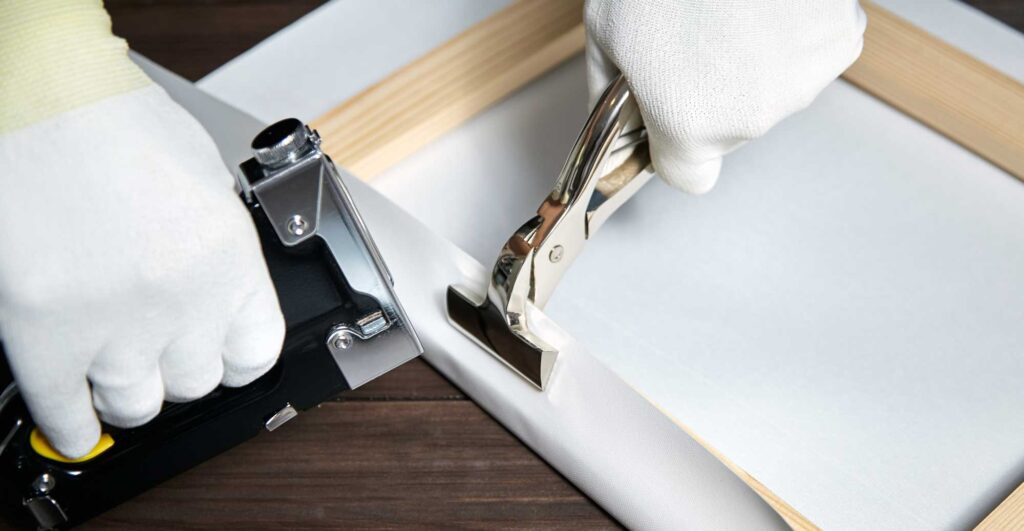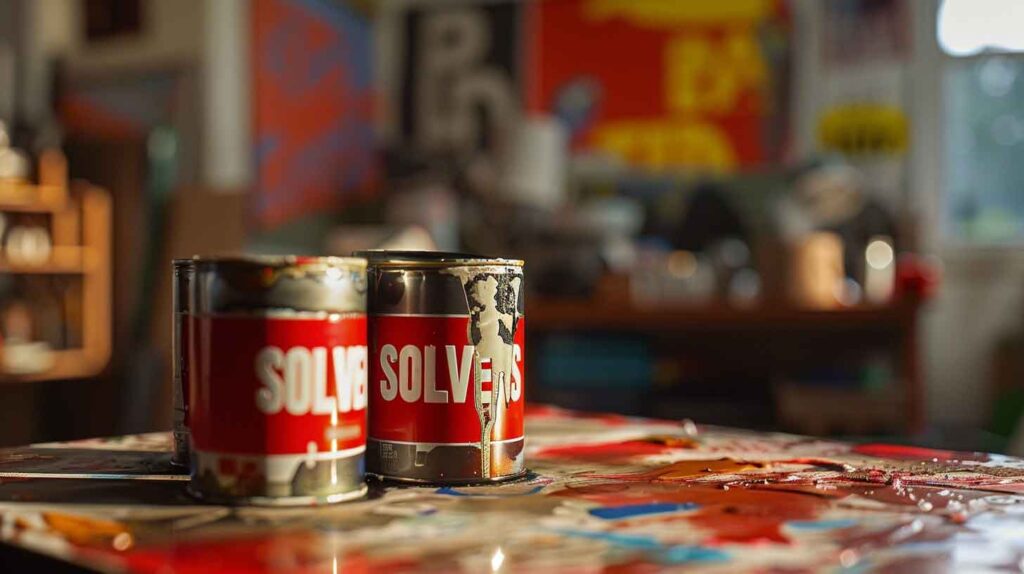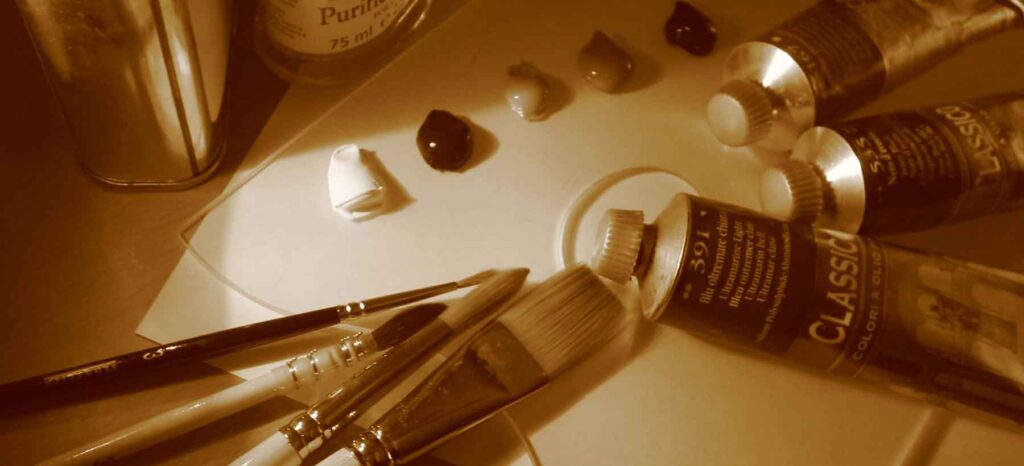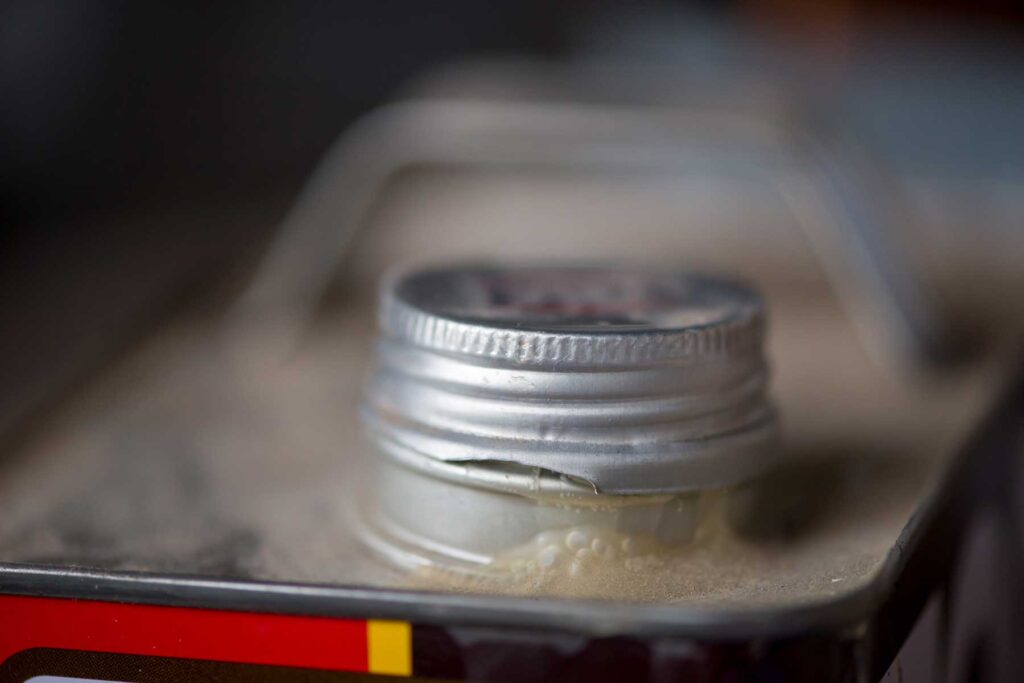
Mastering Canvas Stretching Techniques: A Guide for Artists
Artists’ choice of materials can profoundly influence a painting’s longevity and aesthetic. A recent review of “Canvas Complexity: The Life of a Complex Composite” offers critical insights, particularly focusing on the nuances of canvas stretching techniques, fabric types, weaves, and structural intricacies.
The Importance of Weave in Canvas Stretching Techniques
Canvases are not just mere backdrops for artistic endeavors; they are complex composites that interact with paints and environmental conditions in nuanced ways. Different fabrics and weaves contribute to this complexity. For instance, the weave density and the type of fabric (linen vs. cotton) significantly impact the canvas’s ability to handle stress and strain during stretching. These factors are crucial when considering the formation of cracks and other common issues in painted canvases.

Weave Structure and Its Impact on Stretching
One notable aspect discussed is how the structural behavior of the weave affects the painting’s response during stretching. Tightly woven canvases may offer a smoother surface but can be less forgiving when subjected to the strain of stretching. Conversely, a loosely woven canvas might display more flexibility but could also lead to uneven tension distributions, especially at the points where the canvas is secured to the stretcher bars with tacks or staples.
Optimizing Techniques for Canvas Stretching
The article discusses how the method of attaching canvas to stretcher bars impacts the distribution of strain and the potential for damage to the paint film. Key points include:
- Attachment Spacing: Closer spacing of tacks or staples results in a more even distribution of strain across the canvas during stretching, which can help prevent the formation of stress points that lead to cracking or tearing.
- Preprimed Canvas Benefits: Using preprimed canvas for attachments reduces local cusping during stretching. This is because the primed canvas is more resistant to distortion, particularly in the bias direction, which is less prone to cracking.
- Corner Folds: Tight corner folds are beneficial as they impose less strain on the corners where attachments are typically under the highest load during stretching. Loose corner folds, if adjusted or “keyed out,” can lead to significant strain and potential damage in these areas.
- Attachment Location: Attaching the canvas at the rear face of the stretcher bars rather than the sides results in fewer strain irregularities during stretching, providing a more stable and consistent support for the paint layers.
- Tacks vs. Staples: While staples are commonly used, they may create high strain concentrations that could lead to tearing, especially if the canvas begins to slip between the staple legs. Tacks, on the other hand, provide effective restraint and are less likely to cause tearing during stretching, making them a superior choice for canvas attachment.
Overall, these features play crucial roles in how the canvas handles the mechanical stresses imposed during and after mounting, affecting the long-term stability and appearance of the artwork.

Moisture Response in Canvas Stretching
The article explores the interaction between canvas and moisture. This relationship is pivotal because it directly influences the canvas’s tension during stretching and, subsequently, the visual integrity of the artwork. For instance, when a canvas absorbs moisture, the fibers swell, causing the canvas to contract. This is critical in regions with high humidity, as the tension fluctuation can lead to the formation of cracks or distortions in the paint layer. Understanding these reactions can aid in selecting the right canvas and preparing it adequately for specific environmental conditions.
A key study conducted by Hedley in 1988 reveals that oil-primed canvases show a significant initial drop in tension under moist conditions, which then increases as the size layer softens and the fibers expand. Due to its structural properties, this phenomenon is more pronounced in the weft direction. The implications for artists are clear: understanding these reactions can aid in selecting the right canvas and preparing it adequately for specific environmental conditions.
Navigating Modern Material Complexities in Canvas Stretching
The review also highlights the confusion surrounding the procurement of modern canvas materials. Terms like “12 oz Belgian linen” are misleading; such labels offer no clear indication of the fabric’s actual origin or its structural and hydromechanical characteristics. This generic naming can lead artists to make uninformed decisions, potentially compromising their work’s durability and appearance.
Moreover, changes in the manufacturing processes over the years have altered the properties of materials like cotton duck. What was true about these materials two decades ago may not hold today, making historical data less reliable. This underlines the importance for artists to stay informed about the current specifications and properties of the materials they choose to use.
Conclusion
For artists, mastering canvas stretching techniques is as significant as the selection of color palette or technique. “Canvas Complexity: The Life of a Complex Composite” not only illuminates the technical aspects of different canvases but also emphasizes the need for artists to be well-informed consumers of their materials. This insight empowers artists to make more informed choices, ensuring that their art not only captures their vision but also preserves it for future generations.
Reference
Source: Canvas Complexity: The Life of a Complex Composite. Christina Young, Professor, Glasgow University, Kelvin Centre for Conservation and Cultural Heritage Research. https://www.getty.edu/publications/conserving-canvas/iii-open-questions/15
Frequently Asked Questions (FAQs)
What is the best way to stretch a canvas?
The best way to stretch a canvas involves several steps to ensure a tight and even tension without damaging the fabric. Start by selecting a sturdy stretcher frame appropriate for the size of your canvas. Lay the canvas face down on a clean surface, center the stretcher frame on the back of the canvas, and begin attaching the canvas to the stretcher bar at the midpoint of each side using tacks. Pull the canvas taut from the center outwards, alternating sides to maintain even tension. After the initial four staples or tacks, continue around the frame, adding fasteners every few inches. Finish by folding the corners neatly and securely fastening them.
Should you stretch canvas wet or dry?
Generally, it is recommended to stretch canvas dry. Stretching a canvas when wet can lead to uneven tension as the canvas dries and contracts, potentially causing warping or distortion. Stretching it dry allows you to control the tension more accurately and adjust as necessary. However, it is best to dampen the canvas after stretching and allow it to dry, which will cause the canvas to tighten.
What can I use instead of a canvas stretcher?
If you do not have access to a traditional canvas stretcher, you can use alternative framing materials like wooden planks, a pre-made frame, or even DIY solutions such as spruce wood cut to size and joined at the corners. These alternatives can provide a makeshift frame to which the canvas can be attached, although they may not offer the same level of adjustment or durability as a professional stretcher bar system.
How much does it cost to stretch a canvas over a frame?
The cost of stretching a canvas over a frame can vary widely depending on the size of the canvas, the type of frame (standard vs. heavy-duty), and whether you do it yourself or have it done professionally. DIY stretching can cost anywhere from $15 to $100 for materials alone, including the stretcher bars and fasteners. Professional stretching services can range from $50 to several hundred dollars based on the canvas size and the complexity of the stretching required.







Responses